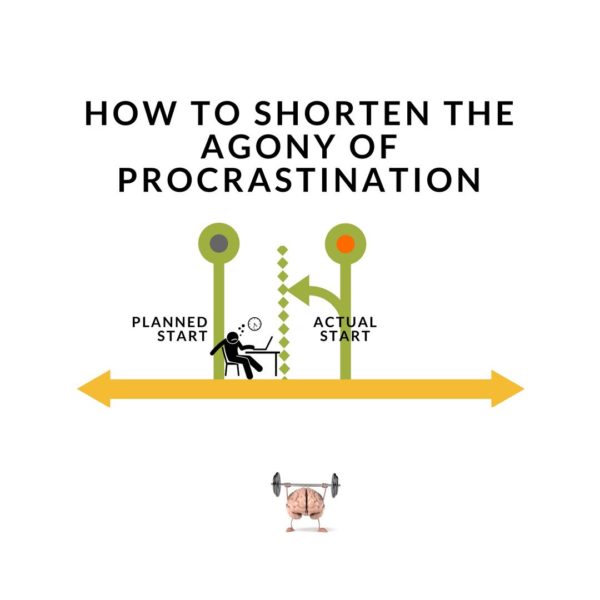Several years ago, I decided to enter a piano competition. I had about six months to prepare and my goal was to practice two hours a day during the week and three hours on weekends.
Just to be clear, this was something I had voluntarily chosen. Sitting at the keyboard is not physically strenuous. The piano was in my living room. There were negative consequences to not practicing (like, public embarrassment). Oh, and I love the piano.
And yet, when I even thought about sitting down to practice, it was like I heard this voice in my head screaming, “Noooooooo!”

So I’d start cleaning the refrigerator, checking for email, dusting the bookshelf…
Lots of resistance.
The thing is, I eventually ended up sitting down to practice. But I wanted to shorten that period of agony since I was wasting mental energy avoiding what I needed to do and I wasn’t enjoying procrastinating either.
Long story short, I created a system to outsmart my human nature (and went on to win the competition). See if this applies to you.
First, I took one ridiculously easy first step. I opened the lid to the piano. Something about opening the lid signaled my mind that, oh, well the piano’s open now, we might as well sit down and play.
Too often, we overestimate what it takes to break through inertia and pooh pooh BJ Fogg’s “floss one tooth” approach. But it really can be as simple as opening up a Google doc and bullet pointing a rough outline or making a list of the people you need to ask for information.
Second, I integrated procrastination as part of the process. Basically, I accepted that there was going to be mental resistance. After opening the lid, I still did the little household cleaning tasks or online shopping, except I decided beforehand that I was going to do them. That helped break through the psychological inertia and made me feel more intentional, like: This is what I do to get ready to practice.
Third, I pinpointed the resistance. I realized that once I got going into the session, I was fine. So I asked myself: “What exactly am I dreading?” The answer: That painful moment where I first hear myself play and I don’t sound like Martha Argerich or Maurizio Pollini.
By identifying the precise pain point, I realized it was just the first few minutes that I was avoiding, not the whole practice session, and I could handle that. Emotion is what creates friction. For example, it may not be putting together the investor presentation itself that you’re dreading, but the hassle involved in gathering accurate data, or memories of the harsh criticism you got last time.
Fourth, I used time as a tool to segment my attention. If I thought about having to practice for three long hours on a Saturday afternoon, I would never get started. Instead I broke it up into 30 minute segments, Pomodoro style.
Fifth, I stopped in the middle. This one worked like magic. Ernest Hemingway, who used to stop writing in the middle of a sentence, said: “Stop when you are going good and when you know what will happen next.”
So, I would stop working on the Beethoven Sonata after the allotted 30 minutes, regardless. It was amazing how much easier this made it to get going the next day because I wanted to continue working on “that tricky passage” where I left off.
Everybody procrastinates something. The secret that “disciplined” people know is how to manage their psychology. Because procrastination is more painful than actually taking action.
p.s. Influence Mastery Accelerator is my group coaching intensive to help maverick leaders activate their inner power to show up more boldly, bounce back quicker and influence others to action. This is a program for people who know what they want — and want to get there faster. If you’d like to see if you’re a good fit, let’s talk. Click here to schedule a 20-minute “Activate Your Inner Power” discovery call.
